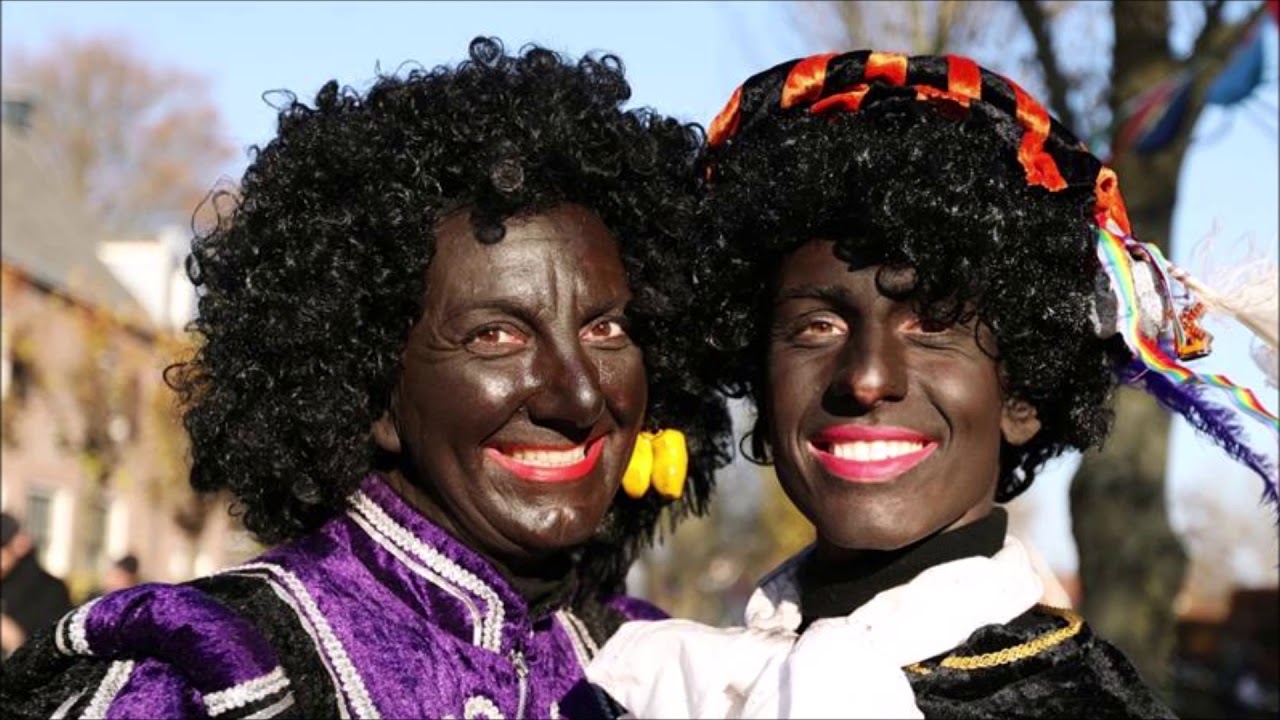Billions of people live in the world, and even if each is unique, a basic grouping is made according to certain skin colors. So why do some people have darker skin and some have lighter skin tones? Let’s take a closer look at the evolution of skin colors according to science and the formation process of these colors.
The fact that people have different skin colors, which forms the basis of racism, has been investigated by scientists for many years. Many pseudoscientists offer frivolous reasons for this, but recent research has shown that the evolution of skin color with the geography where people live and the sun rays they are exposed to. has a direct relationship.
The emergence of skin colors is purely evolutionary. Because the sun rays, namely ultraviolet rays, that we are exposed to at any moment both give us a vitamin we need and destroy another vitamin we need. As a result, human beings adapt their skin color to the environment in which they live in order to survive. The emergence of skin colors and the evolution of skin colors according to science. let’s take a closer look.
It all started when we lost our hair:
Let’s go back a few million years and think about our feathered ancestors who lived in the African savannah. Their skin color was unknown. That’s because their bodies were covered with feathers, just like the chimpanzees and gorillas considered our evolutionary cousins. Today, however, we know that chimpanzees and gorillas have pale skin under their thick black hairs.
When our feathered ancestors turned into bipedal creatures, temperature control began to be provided by sweat glands, not hairs. With an increase in sweat glands and a large reduction of hair white-skinned people appeared. However, this situation brought with it a problem; What would happen to a person exposed to such intense sunlight?
Let’s keep folate and take vitamin D; well how?

Today we know that the sun’s rays are extremely important for both our physical and mental health. But with the sun’s rays The ultraviolet rays we are exposed to also harm us. While ultraviolet rays destroy a vitamin called folic acid or folate, they provide us with a vitamin we call vitamin D.
Folate is one of the most important substances necessary for fetal development, especially in pregnant women. Vitamin D is also important for strong bones. number one actor in many development processes. Humanity, who said to keep folate and get vitamin D, developed dark skin in the evolutionary process and started to get away from the negative effects of sun rays and get their positive effects.
The appearance of different skin colors:

As the proportion of melanin, which gives human skin its dark color, increased, people developed pigmentation and became much darker skinned. because It was the only way to withstand the scorching sun of the equatorial region. In its broadest definition, dark skin acted as a sunscreen for people and prevented the negative effects of sun rays.
Dark skin, which is highly functional in the equatorial region, people started to migrate when they went to other parts of the world, it was not very useful. Because when the already insufficient sunlight was blocked by dark skin, vitamin D intake almost came to a standstill.
Since vitamin D is not a stored type of vitamin, people have become fair-skinned in order to benefit from even the slightest sunlight. Nevertheless It may come as a surprise that Canadian and Alaska Natives have dark skin. However, this is where eating habits come into play. Seafood also contains vitamin D. It is therefore understandable that groups of people who can consume seafood still have a dark complexion.
What is the relationship between the evolution of skin colors and skin cancer?

The main purpose of all living things is to reproduce, that is to survive. Because The evolutionary process aims to build the skills necessary to reproduce and survive. It is true that skin color has evolved to increase survival skills, but it is not directly related to skin cancer, as it has been claimed for many years.
It’s true that fair-skinned people have a higher risk of skin cancer, but skin cancer occurs at an advanced age, when people are past the reproductive period. Therefore, the claim that skin colors have evolved against skin cancer is not quite true. Because those who reproduce have already reproduced, no living thing evolves to live a good old age.
How did the intermediate colors come about?

Even if racists want to see people as two colors, black and white, even when we look around We can see that almost every person has a unique skin color. The reason for this situation is also related to the geography in which the person lives.
The sun’s rays hit everywhere differently. Therefore, the evolution of skin colors has been shaped accordingly. While people living in the equatorial region have the darkest skin color, the skin color of people gradually lightened as they moved away from this region.
Does the evolution of skin colors continue?

We cannot say that the evolution of skin colors still continues today. Because we are comfortable now. We build structures that will not be directly exposed to the sun, we apply strong sunscreens, we wear special clothes, so we can somehow avoid the negative effects of the sun.
You can witness that people living in the coastal areas start life white and have a darker skin over time. However this is not inherited, It’s just an external factor. Fedon, who we know with his dark bronze skin, might turn into a white person if he lived in the Black Sea for a few years.
Why we have different skin colors, How did the evolution of skin colors occur? We answered the curious questions such as and talked about the details you need to know about the subject. What’s the point of separating people by skin color because we’re all trying to survive?
